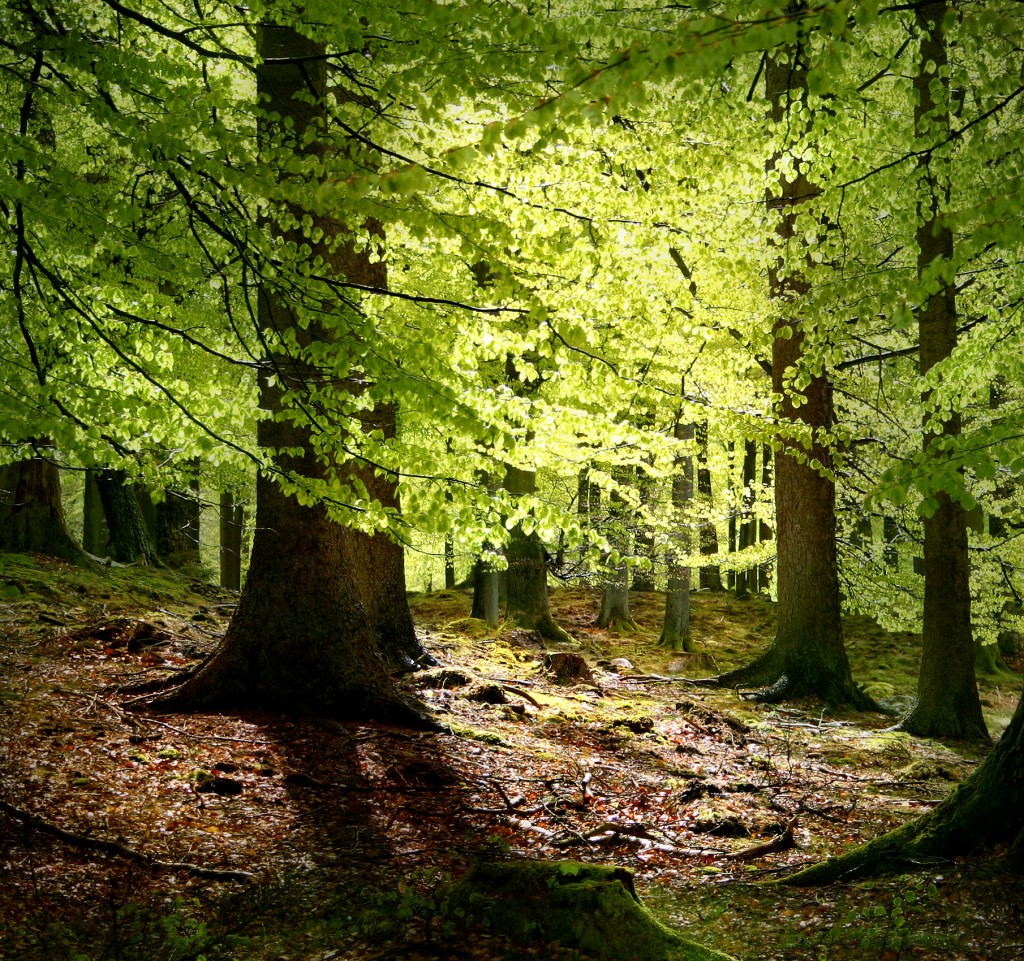
Forests. Lots of plants, big and small, living together on land. Animals dwell there. Hunters hunt there. Recluses and far-away grandmas live in cabins there. How many fairytales take place in a forest? How many books you’ve read? Is the forest good, evil, or both or neither? When was the last time you sat on a fallen tree in the middle of a forest and just listened? What did you hear?
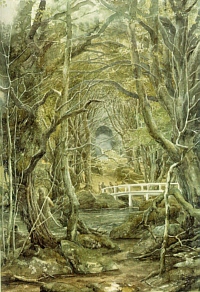
Forests really get my imagination going. Some of my favorite books use forests as major backdrops—even as characters in their own right. Tolkien, for example, takes readers into at least four different forests over the course of The Hobbit and The Lord of the Rings (the Old Forest, Lothlórien, Mirkwood, and Fangorn). These are mythical places with elves, talking trees, gigantic spiders, and, especially, the endless woods.
When we were kids, my brother, our friend, and I spent many of our days in a “forest” (in reality it was about an acre of planted pine trees. I’m from the part of Washington where such a thing is highly unusual and utterly unnatural.) We built a “fort”—an enclosed wooden platform in the trees, complete with its very own collection of gigantic spiders. You could climb high enough on some of the trees that your head came out of the general canopy and you could look out over much of the rest of the forest. Occasionally we even climbed and jumped between trees high above ground.
On November 20th, 2008, Richard Hacken (work|poetry) gave a lecture entitled “Into the Imagined Forest: A 2000-Year Retrospective of the German Woods“. There he spoke of the cultural history of the German wald—the forest that figures so prominently in the German and the more general European imagination. A summarizing quotation:
The imagined forest is a contradictory forest. To early Germanic tribes, the forest was an object of worship—a temple of holiness—while to others it was the home of evil and danger. For later thinkers it stood as a model of immortality and regeneration; for others it perfectly illustrated the Darwinian struggle for survival…. Culturally, the forest has formed the context for heroic quests; it has been a backdrop for sorrow (especially in the vicinity of fir, willow and cypress trees).
It has been the asocial haunt of wild men, sociopaths and thieves, but it has also been the stage for social justice. It has been a moral exemplar but also a place to avoid. The woodlands have been seen as a source of industrial materials; or they have been a place of rest and recreation. The forest has been a source of food and medicine on one hand, and a venue of death on the other. The structure of a tree has been the well-rooted inspiration for branching charts such as family trees, grammar trees and hierarchies…. And most recently… the forest [has been seen] as both barometer and fount of ecological salvation.
[A] forest is… a landscape that subsumes every fern, butterfly, tree, rock, soil type, underground ore deposit, clump of lichen, fallen branch, shrub, insect and wild animal within it. Woodlands provide potent and vivid symbols of life, death, regeneration, social process and collective identity.
A book I was reading a few months ago glowingly described the forests of Poland and their role in the upheavals of the Polish-Lithuanian Commonwealth in the 17th century. I started to see the forest as characterized by its vastness and its seeming unconquerability. For thousands of years, civilization lived around the forest and utilized the forest. Traveling by boat on a forest river gave some few a glimpse of the forest’s mysterious endlessness. Yet none but the wildest people actually settled there.
Eventually that changed. Settlement by pioneers with axes resulted in the conquest of the woods, giving us today’s widespread deforestation combined with a safer, more civilized wood that is criss-crossed by highways and major settlements, rarely even lacking cellular phone service. But vast tracts of virgin forest still beckon to moderns, offering a chance to confront Nature more or less raw and uncut.
Below are some images, quotations, and links to articles on the topic of forests that might excite your imagination. Enjoy!
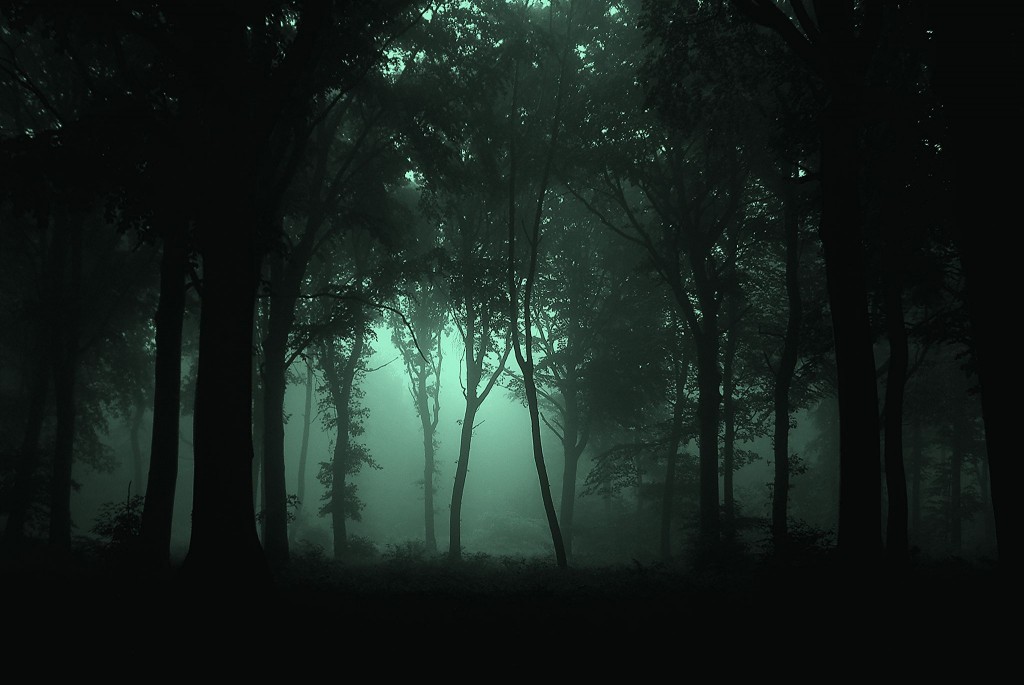
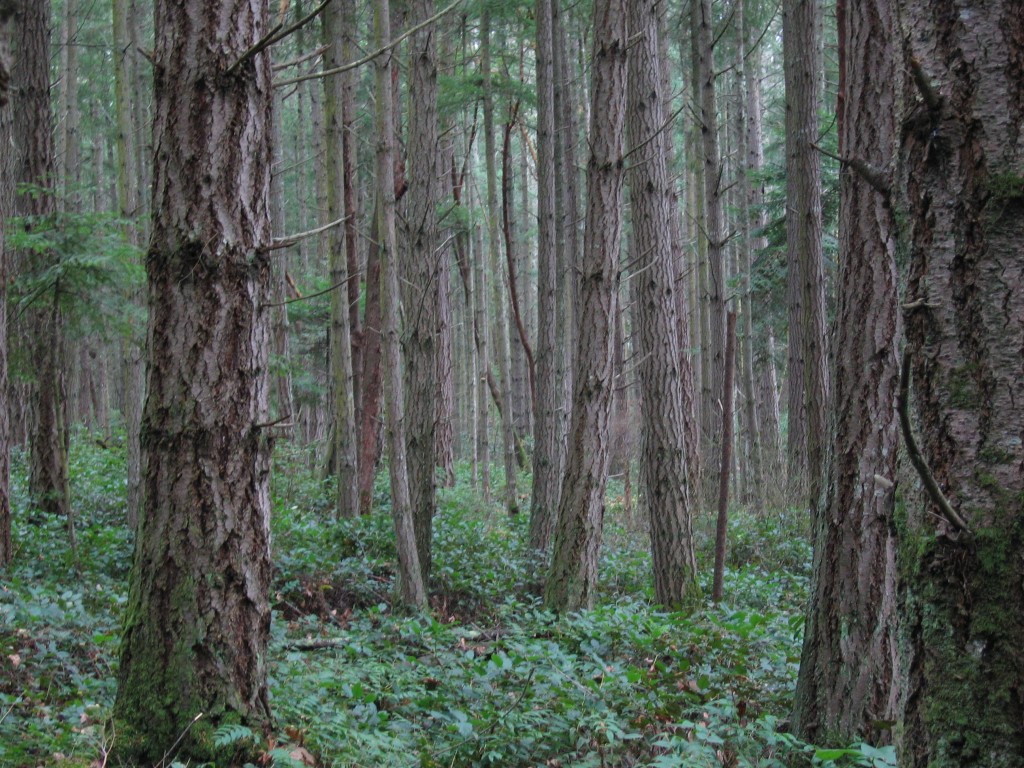
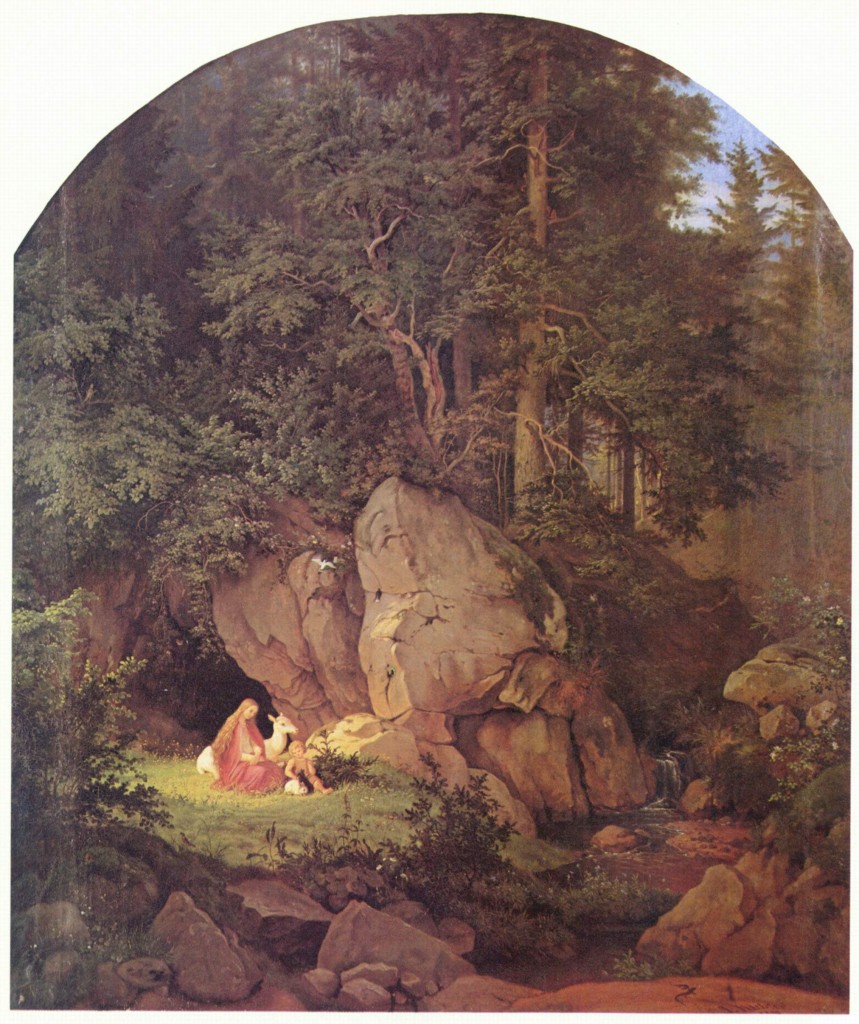
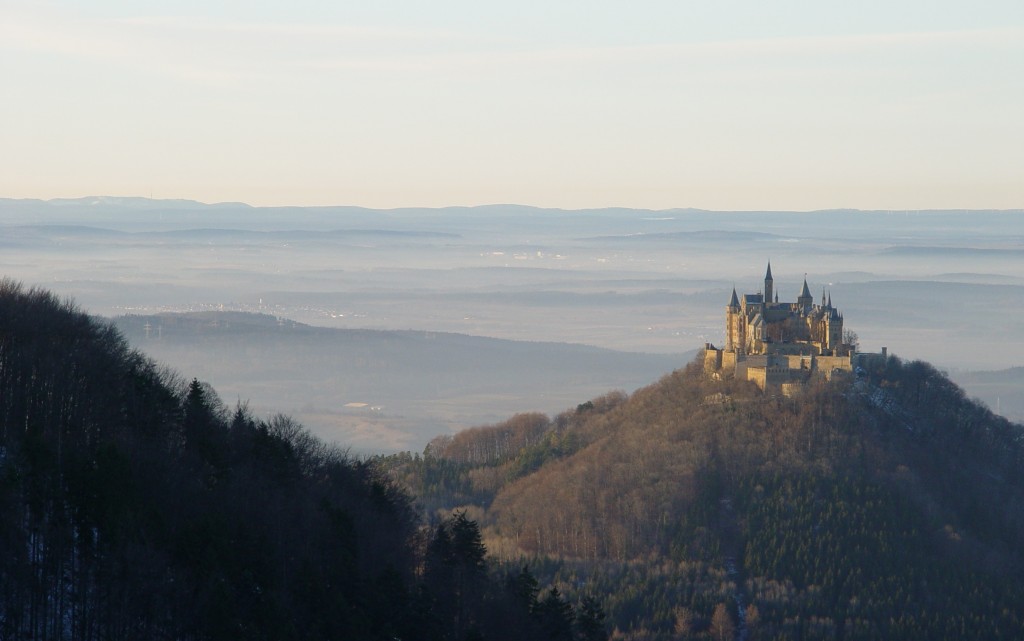
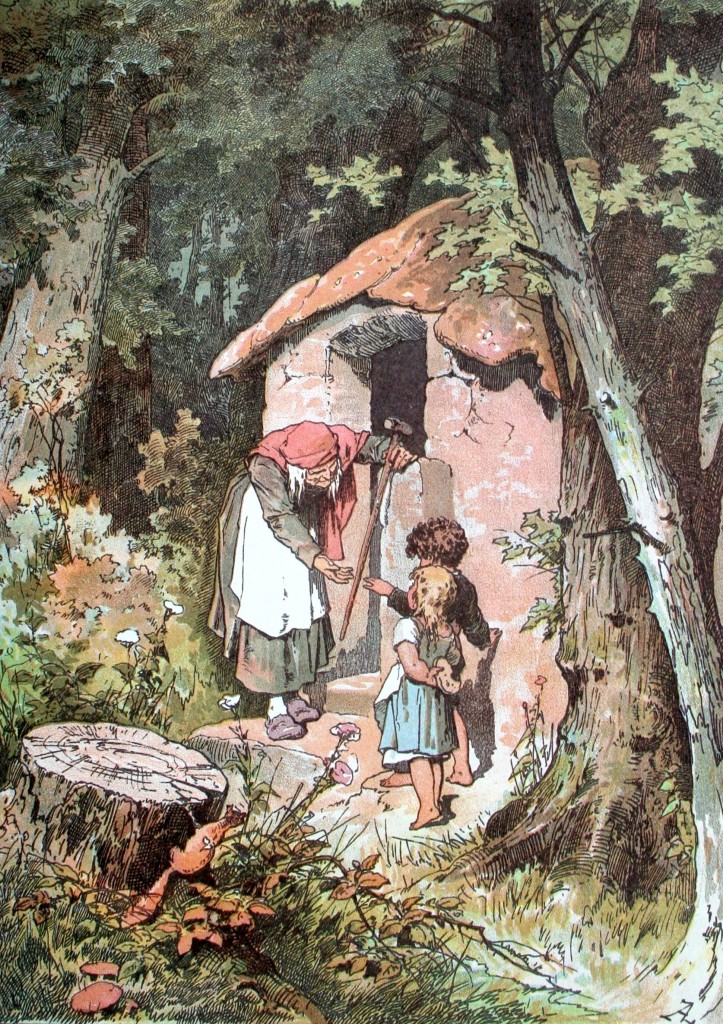
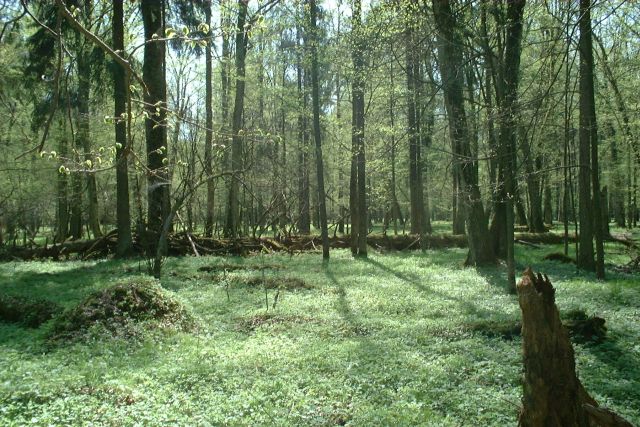
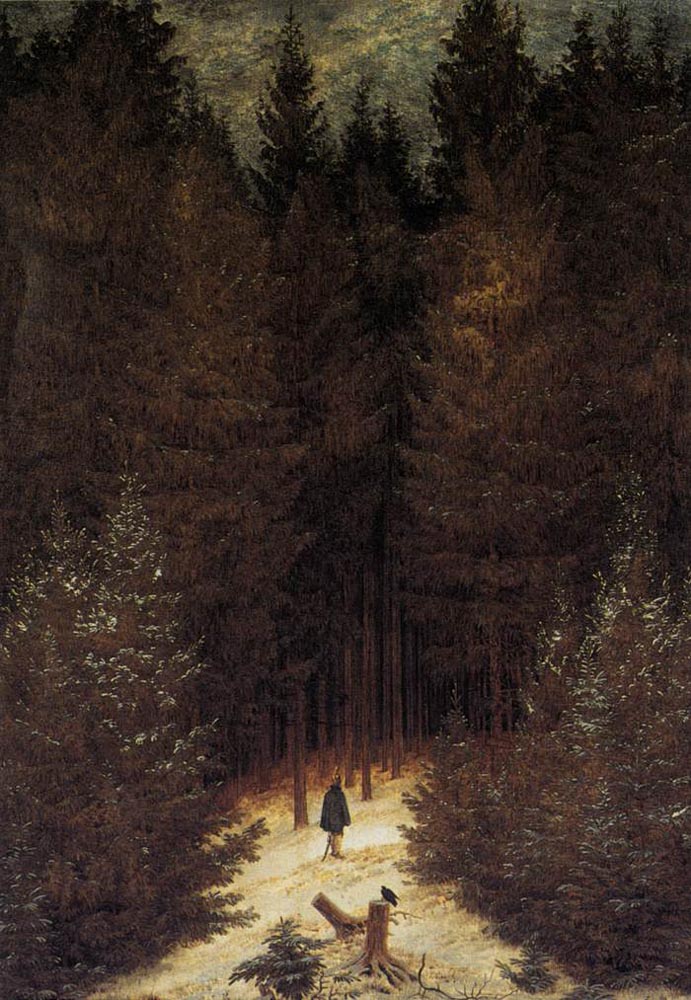
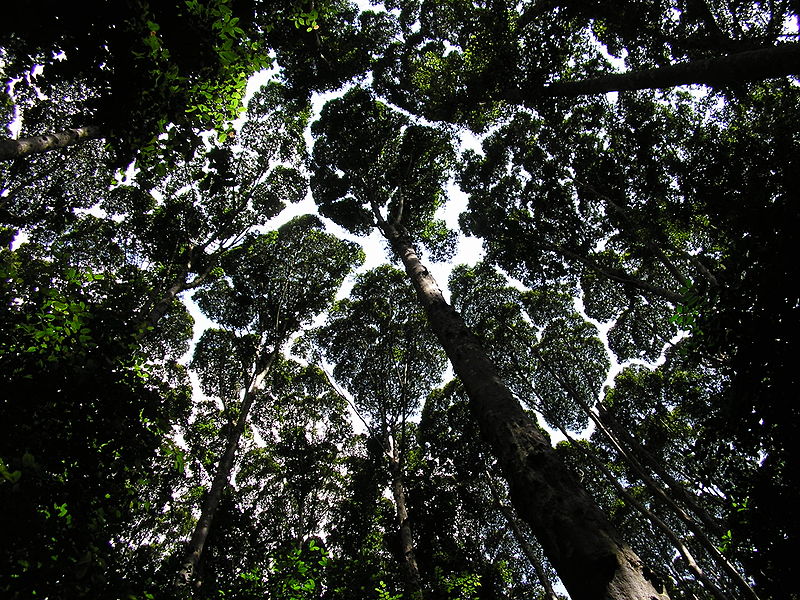
Additional Links
Forest
Old-Growth Forest
Cloud Forest
Rainforest Layers
Wald
Leave a Reply